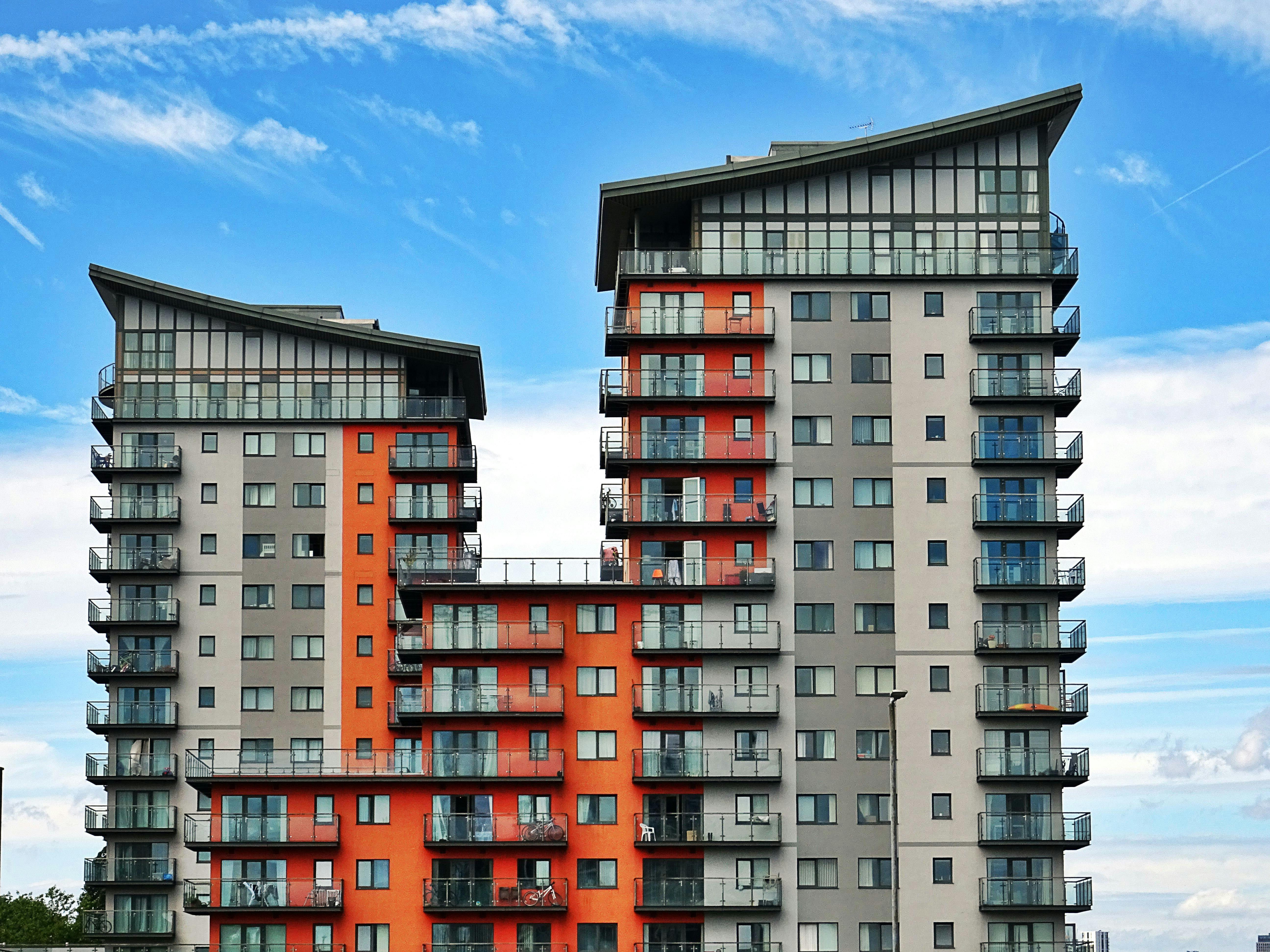Aligning commute routes with neighborhood choices near transit hubs
Proximity to transit hubs is a key factor for many apartment seekers, especially renters and expats balancing work, family, and lifestyle. Understanding how commute routes shape neighborhood selection can help with decisions about leasing, tenancy length, furnishing, utilities, and deposit expectations, while keeping an eye on broader market trends.

Choosing an apartment near a transit hub often reshapes daily routines and household budgeting in tangible ways. Commuters weigh door-to-door travel time, the predictability of services, and first- and last-mile connections when selecting a neighborhood. For international movers or expats, short-term leasing or furnished condos can ease transition, while longer leases may provide financial stability once a reliable commute is identified. Beyond transport, nearby amenities, utility arrangements, and deposit norms influence the practical appeal of a location. Paying attention to service frequency, interchange complexity, and real estate developments around transit corridors helps renters make choices that suit both lifestyle and financial priorities.
How does rental location affect commute?
Where you choose to rent determines typical commute patterns more than simple distance to work. A condo a short walk to a high-frequency metro can offer faster, more predictable travel than a closer location served by infrequent buses. Look at route directness, transfer counts, and peak-hour crowding to assess real commute times. Consider alternatives when lines are disrupted and whether a neighborhood provides reliable taxi or rideshare options. For tenants, frequent and short commutes reduce time spent on transit and can influence whether a longer lease is worthwhile.
What lease terms matter near transit hubs?
Lease conditions shape flexibility for residents prioritizing transit access. Shorter tenancy agreements work for those testing new neighborhoods or dependent on temporary work assignments, while annual leases may offer lower monthly rates. Review clauses on deposit returns, maintenance responsibilities, and who pays utilities; inclusive utility packages simplify budgets but can mean higher base rent. Subletting permissions matter if plans may change. When leasing a condo near transit, negotiate clear terms for repairs and service response times since building maintenance affects daily routines for commuters.
How does tenancy and furnishing influence flexibility?
Furnished units appeal to expats and short-term residents by lowering moving costs and simplifying setup, but they often come with higher deposit requirements or slightly elevated monthly charges. Unfurnished apartments allow personalization and potentially reduced rent but require an upfront investment in furnishing. For commuters, compact, modular furniture eases future moves between neighborhoods as transport patterns evolve. Tenancy length, deposit size, and furnishing status together determine how easily residents can adapt if a new transit line or schedule changes their preferred route.
How to compare neighborhoods by commute routes?
When comparing neighborhoods, simulate the commute during rush hours rather than relying on static maps. Check interchange walking distances, frequency of services, and availability of feeder buses or dedicated bike lanes for first-mile connections. Evaluate local amenities—grocers, medical services, and childcare—which can cut down non-work travel. Speak with neighbors or local expat groups to learn about real conditions and seasonal variations. Factor in parking access and building amenities if occasional car use is necessary, and verify broadband options for remote workdays when transit may be disrupted.
What amenities and utilities matter for commuters?
Amenities that support multimodal commutes increase daily convenience: secure bike storage, covered entryways, lockers, and reliable elevator service matter for residents who combine walking or cycling with transit. On a unit level, efficient cooling and hot water systems impact comfort for early mornings or late trains; inclusive utilities simplify budgeting but may mask higher rent levels. Fast, reliable internet supports flexible schedules, and proximity to essential services reduces the need for lengthy trips. Confirm maintenance policies and emergency contact procedures before signing a lease.
What do market trends say about transit-focused housing?
Market trends often show steady demand for housing near established and emerging transit corridors, which can affect deposit levels, monthly rents, and unit availability. Transit-oriented neighborhoods may attract development of condos and mixed-use buildings, influencing long-term neighborhood character and services. Track planned infrastructure projects and recent service upgrades to anticipate changes in demand. Consult local real estate listings and speak with agents who follow transit-linked neighborhoods to understand how rent and tenancy terms are evolving without assuming prices will remain static.
Conclusion Aligning commute routes with neighborhood choices requires a balanced view of transit reliability, lease flexibility, furnishing and deposit trade-offs, and neighborhood amenities. Testing commutes at peak times, reviewing lease terms carefully, and monitoring market trends help renters and lessees select apartments that support daily life and adapt to evolving transport conditions.






